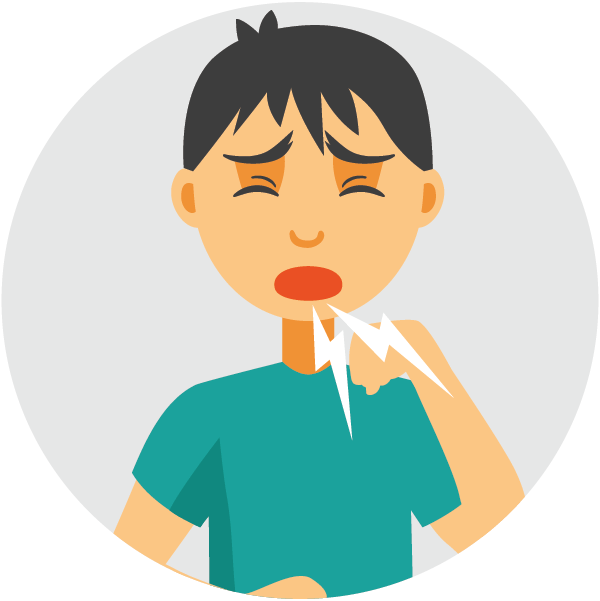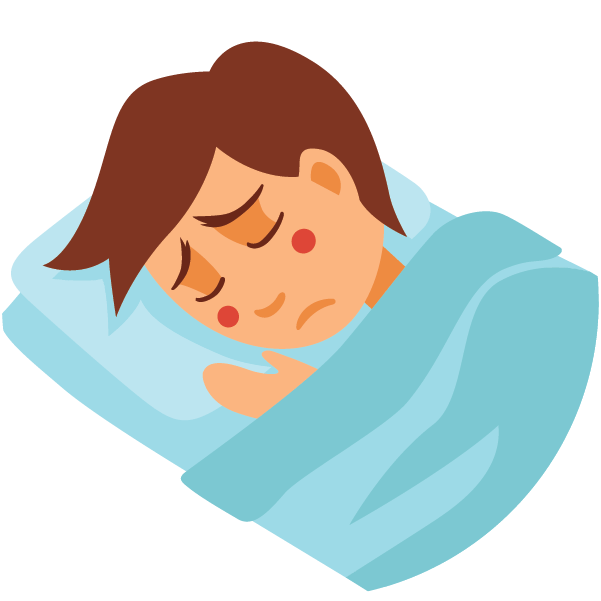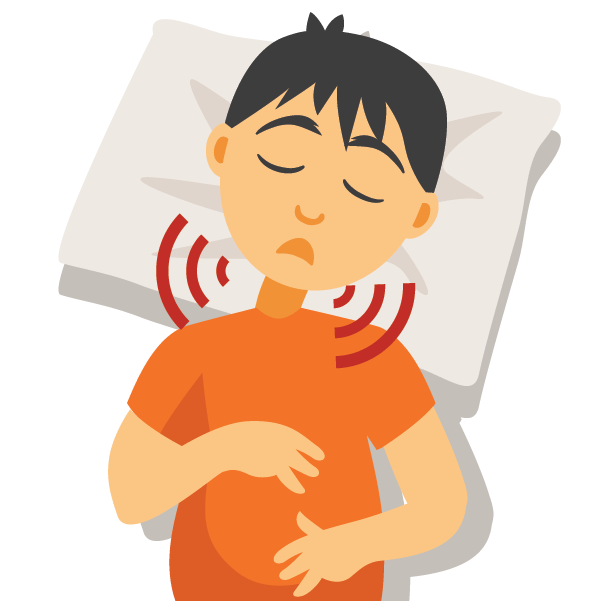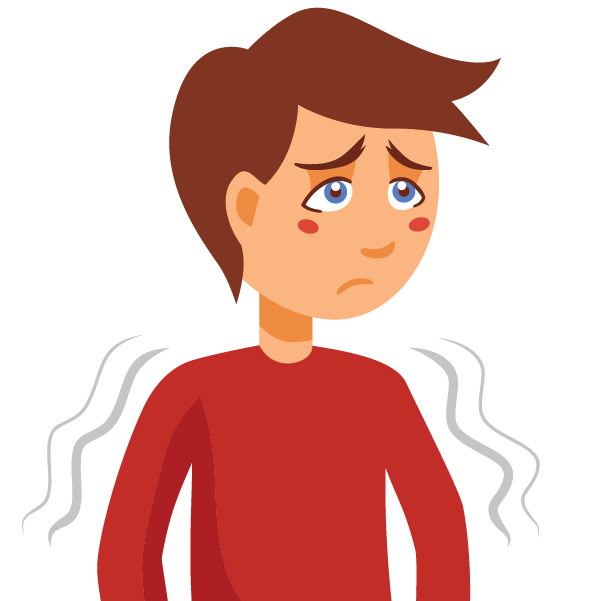This activity is provided by Med Learning Group.
This activity is supported by an independent medical education grant from Regeneron Pharmaceuticals, Inc. and Sanofi.
Copyright © 2019 Med Learning Group. Built by Divigner. All Rights Reserved.
While there is no cure for COPD, it can be managed and treated to help keep it under control, prevent exacerbations, and slow or prevent progression.1,2 Important things you can do include quitting smoking, avoiding exposure to secondhand smoke or harmful work/environmental substances, staying up to date with vaccinations, following your treatment plan, using good inhaler technique, and regularly seeing your healthcare provider.1,2 Additionally, incorporating lifestyle changes centered on physical activity and nutrition can help you stay active and improve quality of life.1
Recognizing how you feel on a “good” day, when your COPD is under control, can help you recognize when you have a flare up (exacerbation), which is a sudden worsening of breathing symptoms that may last ≥ 2 days.2,3 Exacerbations can be caused by triggers such as smoke and air pollution, exposure to strong odors, dust, chemicals and fumes, weather, pollen, and respiratory infections.3 Severity can be characterized as mild, moderate or severe, based on whether one or more symptoms of worsening shortness of breath, increased mucus volume and thick yellow/green mucus are present.2 Mild exacerbations can be managed at home, however, moderate and severe ones should be managed in the hospital.2 Exacerbations may also result in respiratory failure.2 Common signs of COPD exacerbation can include3






A COPD action plan is developed with your health care provider, and includes information about what to do based on how you feel, to help better manage COPD; this includes medication names, how much to take, and when to take them.4 The action plan is divided into three zones: green, yellow and red. Changes in how much and how often to take medications depend on your COPD zone.
Exercise can help with your COPD, even though you may have concerns that it is not safe to do so, or even possible to exercise. Before starting any exercise program, you should discuss it with your healthcare provider and identify exercise goals best suited for you and activities to avoid. Avoid over-exercising (too long or too intensely), since it may cause injury, shortness of breath or other COPD-related symptoms. If you do not exercise regularly, “go low and go slow”, gradually increasing the amount of time and how intensely you exercise; moderate exercise for those living with COPD may be 20-30 minutes, three to four days a week. Moderate exercise can have beneficial effects on shortness of breath and how the body uses oxygen; additional benefits include improved energy levels and sleep, as well as reduced anxiety, stress and depression.
Foods you eat can have an effect on your breathing. For instance, eating less carbohydrates and more fat may promote easier breathing. More energy is used breathing with COPD, making optimal nutrition an important part of COPD management. No single food will supply all the nutrients you need—a healthy diet has lots of variety. You can personalize a nutrition plan with a registered dietitian (RD) that accounts for your food preferences, daily and exercise schedule, special dietary needs and other health problems you may have.
All URLs accessed February 13, 2024
This activity is provided by Med Learning Group.
This activity is supported by an independent medical education grant from Regeneron Pharmaceuticals, Inc. and Sanofi.
Copyright © 2019 Med Learning Group. Built by Divigner. All Rights Reserved.
